SUV vs SUV-coupe: What's the difference between the two latest additions to the Polestar family?
At Polestar, nothing is left to chance. A car with the Polestar badge on its nose has been painstakingly designed and engineered to suit the varied lives its drivers lead - after all, we all have different priorities, places to be, and things to do. So, while the Polestar 3 and Polestar 4 may seem similar to the untrained eye, in reality, there are plenty of differences both over and under the skin.
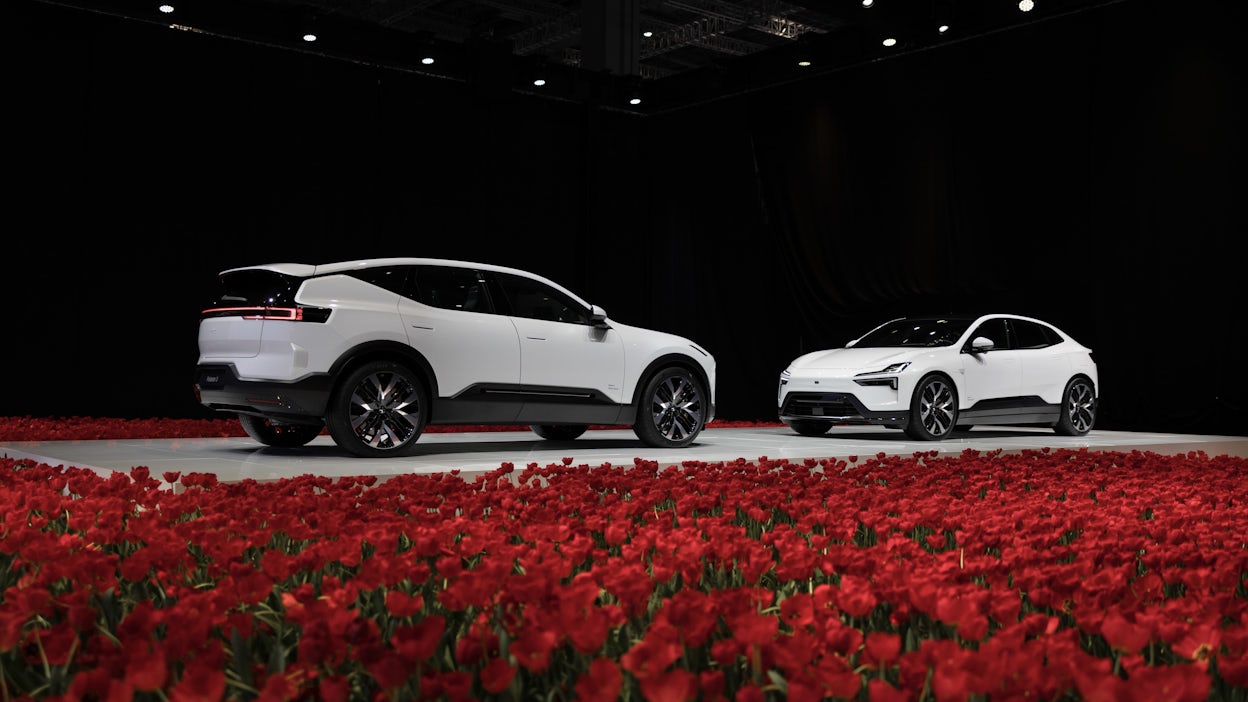
Cut from the same cloth
Let’s start with what they have in common. Both are perfect representations of our commitment to sustainability, each making clever use of environmentally sourced and recycled materials. Recycled PET is used to upholster interior trim without impacting the environment, while ECONYL®, a material made from reclaimed fishing nets, makes up the floor carpets. Front and rear seats can be upholstered in a number of materials: Bio-attributed MicroTech, a renewable vegan leather alternative; optional animal welfare traced Nappa leather; or animal welfare-certified wool sourced from farms with a progressive approach to land management (available in the Polestar 3). Both Polestar 3 and 4 offer incredible performance with over 500 hp available in certain models. Each comfortably seats five people, and has plenty of storage for whatever luggage they need to carry. Also, they both make use of centralized software (both NVIDIA and Snapdragon are fitted to Polestar 3, while Snapdragon is used in Polestar 4) to ensure everything runs as smoothly as possible. Of course, both benefit from Polestar’s incredible design inside and out – at the slightest glance you know exactly what you’re looking at.
But where exactly do they differ?
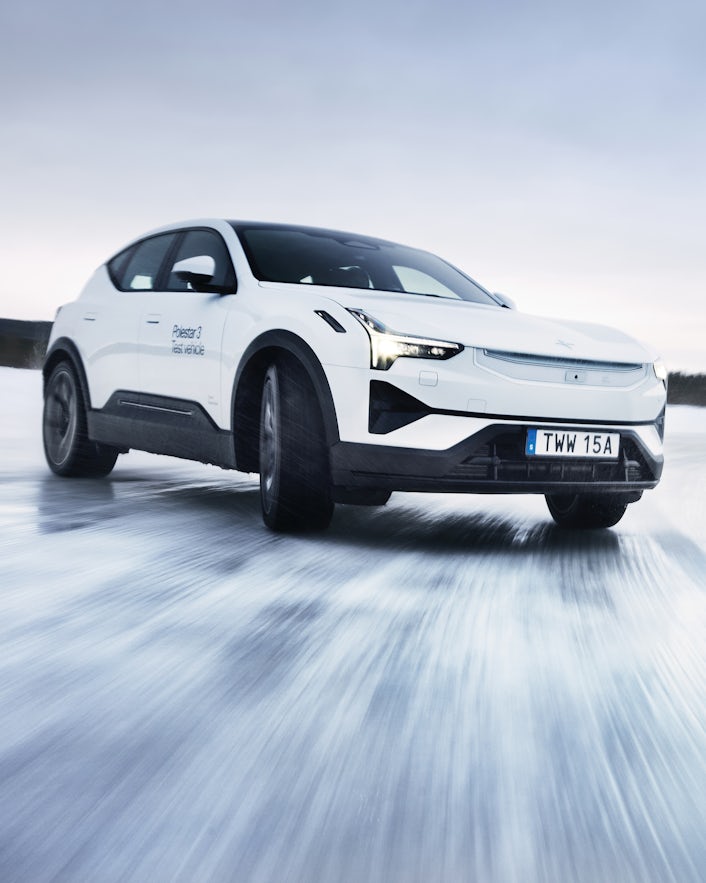
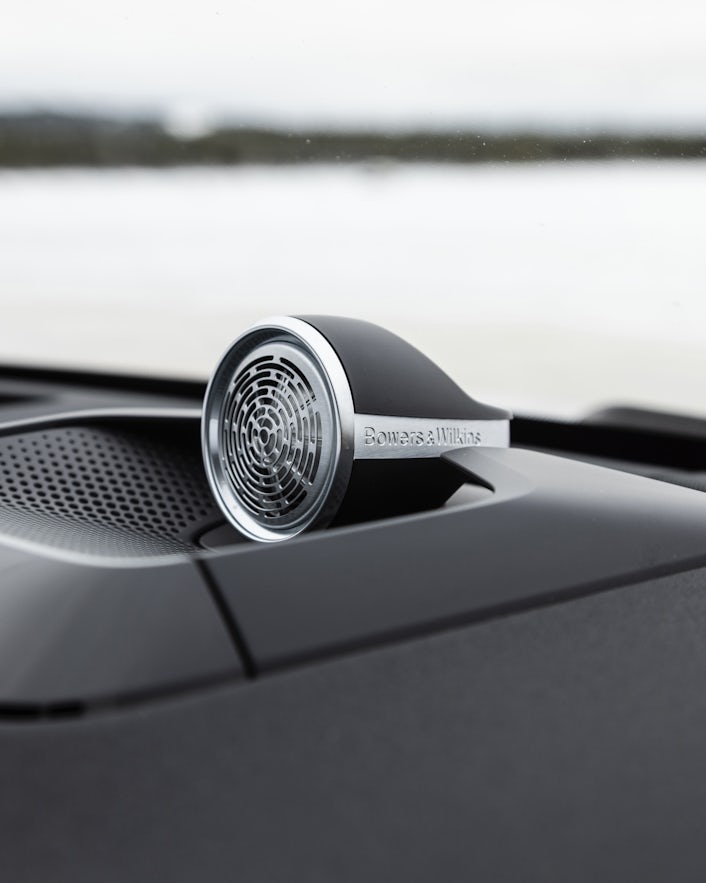
The electric SUV.
Let’s start with Polestar 3. This full-size SUV, built on the new EV-only Scalable Product Architecture (SPA2) platform, is all about enhancing fun electric performance through aerodynamic wings and blades, with a low roofline providing a sleek and sporty silhouette. The Polestar 3's preliminary range can get up to 315 miles² EPA on the Long range Dual motor and up to 279 miles² EPA on the Long range Dual motor with Performance pack. Boasting a 111 kWh battery pack, initially, it’ll come with dual motors and is available with either 360 kW/489 hp¹ and 620 lb-ft¹ of torque or, with the optional Performance Pack, 380 kW/517¹ hp and 671 lb-ft¹. No matter which you choose, you’ll certainly be able to enjoy an exhilarating performance.Based on the new technology-based SPA2 platform – a modular architecture designed with lightness, strength, and safety in mind – the Polestar 3 has dual-chamber adaptive air suspension, so drivers can adjust their ride as they see fit. If they’re in the mood for comfort, a more sporting ride, or something in between, the Polestar 3 can be set up to any preference. But if you’d rather let the car make the decisions, the Polestar 3 can automatically adjust 500 times a second to meet the road conditions. It also benefits from top-of-the-line active and passive safety technology, including optional LiDAR*, to help see the road ahead as clearly as possible, prevent accidents, and keep occupants safe in the event of an incident. Additional tech provides occupants with improved air quality (via the sensational CabinAir filtration system), driver monitoring systems, and spatial sound experiences (with Dolby Atmos). The car is also kitted out with the latest interior radar occupant detection system, enabling the vehicle to know when someone is inside with submillimeter accuracy. Built with space and luxury in mind, Polestar 3 is 192.9 in long, 83.4 in (with mirrors), and up to 64.1 in tall. There is ample seating for five, and a trunk that is 49.6 in wide (between side pockets), 40.1 long (with the rear seats up), and 74.0 in long (with rear seats folded down). Whether you’re looking for exclusivity, power, space, or a mix of all three, you’ll be perfectly covered here. Large, comfortable, efficient, and in touch with its sporting roots, the Polestar 3 is a perfect one-car luxury performance solution for the electric age.
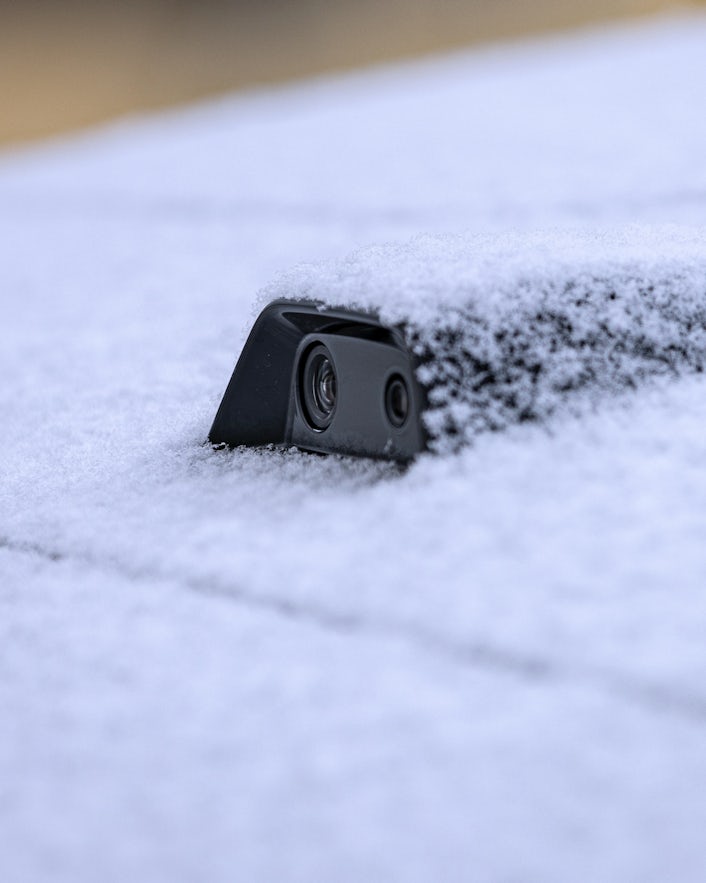
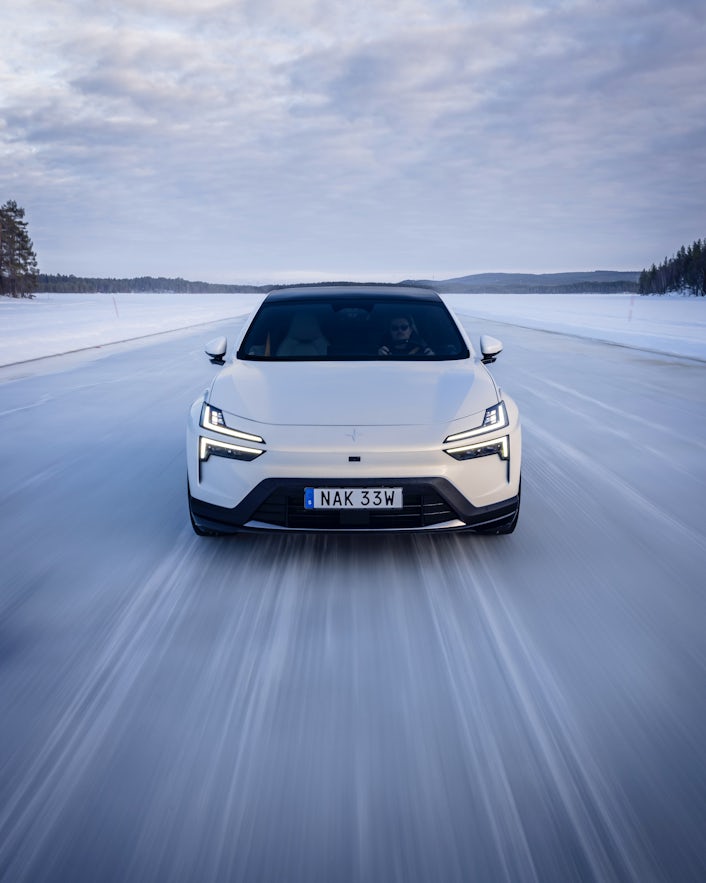
The electric SUV coupe.
The Polestar 4, though it shares core values with its sibling, is a different proposition. It’s based on the tried and tested Sustainable Experience Architecture (SEA) platform – which means it is not simply a Polestar 3 with a sloping roof and compromised design so typical of cars of this type. Also built for EVs from the off, it’s a platform designed with a number of motors, drivetrains, body styles, and battery sizes in mind. With a 100 kWh battery on board, the Polestar 4 comes in either a Long range Single motor format with 200 kW/272 hp¹ and 253 lb-ft¹ of torque, or a Long range Dual motor configuration with 400 kW/544 hp¹ and 506 lb-ft¹. Both setups give incredible performance, but the Long range Dual motor is the fastest accelerating car Polestar has ever produced, managing the 0-60 mph in just 3.7 seconds¹. That’s fast. As well as being quick off the mark, it’ll also be dynamically accomplished thanks to active dampers, which allow drivers to change the dynamics of the car between a more relaxed or more exciting ride.It's clear that power and dynamics are key here. As are the Polestar 4’s dimensions. At 190.5 in long, 84.2 in wide (with mirrors), and 60.4 in tall, it’s lower, shorter, and wider than the Polestar 3, backing up its more sporting intentions. The Polestar 4 is an SUV coupe, with a sloping rear designed not only to look incredible but help the car slip through the air with greater ease (though the Polestar 3 has plenty of smart aero tricks of its own), aiding both performance and efficiency. Tall rear seat passengers needn’t worry that the slick looks will impede headspace as is typical for a car like this, as there’s plenty of room back there thanks to an ingenious new design. This extra room even allows for reclining rear seats, giving passengers a more luxurious experience.There’s one particular detail you really can’t miss about the Polestar 4: its eliminated rear window. Since the rear header is pushed so far back – which would completely block the rearward view – the rear window is effectively replaced by a roof-mounted camera and digital rear-view mirror. The panoramic glass roof extends further back as a result, stretching all the way behind the rear passengers, giving them plenty of light and a sensation of space.Price is also a key differentiator - the Polestar 4 sits between the Polestar 2 and Polestar 3 in the lineup in size and is priced accordingly.
Which one is best for you?
The Polestar 3 and Polestar 4 both offer incredible performance, premium quality and equipment, practicality, and cutting-edge design for different audiences. Just as other manufacturers have cars that adhere to their brands’ core values in various segments, Polestar has done just that here. Each will have its own stand-out points that will appeal to different types of drivers. But we’ll leave the decision-making up to you. No matter which appeals more, they’re both Polestar products, which means they are first and foremost driver’s cars, backed up with efficiency, safety, comfort, and design appeal which are built in from the very beginning – as well as generous standard equipment. All you have to do is decide which works best for you. The Polestar 3 is available to order now and Polestar 4 will be available to order in late April 2024.
Written by: Alex Goy
Important note: The technical specifications featured in this article are preliminary figures and subject to final vehicle certification. The figures have been converted to EPA standard from European-spec vehicle models and are correct at the time of publishing. Please refer to Polestar 3 and Polestar 4 specification details for updated information.
*LiDAR upgrade subject to availability based on production cycles.
1. Preliminary figures. Subject to final vehicle certification.
2. Preliminary data. Subject to final vehicle EPA certification. Ranges figures based on EPA calculated test data. This is an electric vehicle. Since electricity is not measured in gallons, a conversion factor is used to convert the fuel economy into miles per gallon of gasoline equivalent (MPGe). Use for comparison purposes only. Your MPGe will vary for many reasons, including, but not limited to, driving conditions, how and where you drive, how you maintain your vehicle, battery package/condition, and other factors. See www.fueleconomy.gov


